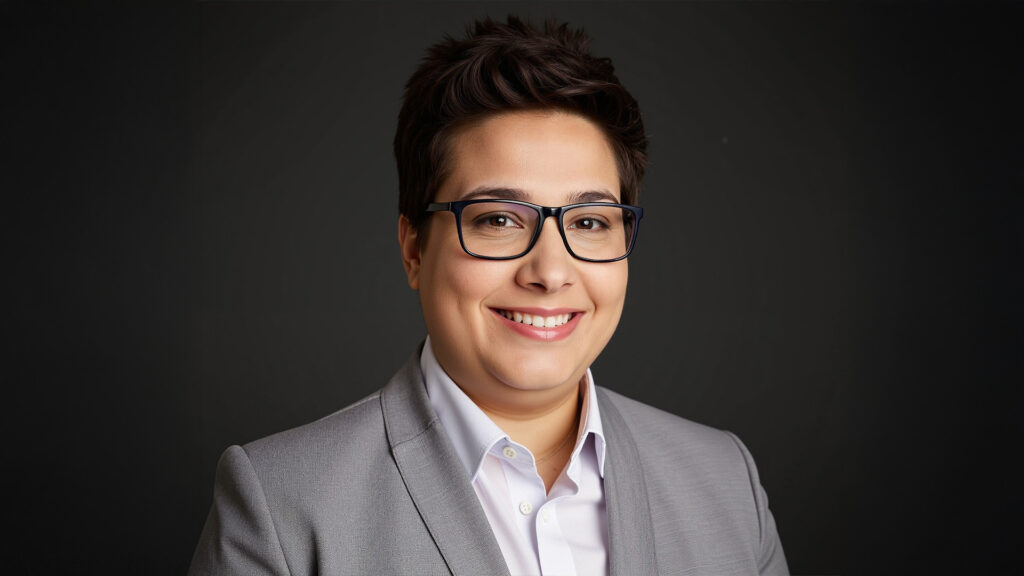From Power Suits to Hoodies: The Changing Business Dress Code in 2022
The 1980s and 1990s were the era of wearing power suits, and they defined the business environment. As times change, so does the corporate dress code.
Wearing yoga pants and a shirt on a conference call or a hoodie at Google’s office is the new normal. The business dress code is becoming more casual and flexible to highlight our skills and performance but is still imbued with a fashion sense.
Here is what the office style in 2022 looks like.
The tech industry pioneering casual attire
Big companies like Google, Twitter, and Facebook are famous for their casual office attire. Dressed in hoodies, jeans, and trainers, the employees behind Sundar Pichai, Evan Williams, and Mark Zuckerburg are headlining the fashion trends in the tech industry.
While the “dress to impress” mantra is still valid, the changes in the dress code prove that it’s not all about the looks. Intellect and performance are more important in business nowadays, especially in the digital-first ambience, and the above successful companies are showing that.
After the casual dress code revolutionised the tech industry, it also caught up with the booming landscape of start-ups. During the rise of start-up culture, many small businesses quickly grew to become corporate giants, and they did that in an informal atmosphere.
The casual dress code is causing a ripple-down effect, as other industries are chiming in on the trend.
Other industries embracing the casual dress code
“Dress codes in the finance sector have historically had the most conservative, formal standards, and even those are changing,” said New York-based stylist, personal shopper, and an alumna for Goldman Sachs Jessica Cadmus.
Working as a stylist in the corporate world, around 90% of Cadmus’ clients are in the finance industry, leaning towards casual attire at the workplace.
In 2019, the Wall Street titan Goldman Sachs published a memo announcing a shift towards “a more casual environment”, which allows a more flexible attire. And they’re not the only ones. Morgan Stanley and other investment banks are also embracing the change.
Other industries are also not falling behind. The British airline Virgin Atlantic also relaxed its dress code by allowing flight attendants to wear pants and not forcing them to put make-up on so that they have “an increased level of comfort” and “more choice” to express individuality. Target has also allowed employees to wear blue jeans not just on holidays and weekends but every day at work.
Gen Zs are shaping the new business dress code
The emerging cohort of workers leading the way in innovation is Gen Z. The tech-savvy, digital-first, and fashion-forward Gen Zs are the sought-after generation by any aspiring company. As such, businesses are adapting their corporate dress codes to suit the trendy aspirations of Gen Zs and attract top talent.
The new dress code is dictated by the latest trends in menswear, taking a more flexible approach.
That means that knitwear will dominate the office style during sweater weather, as worn by Hollywood stars Tom Hardy and Dwayne Johnson. Wider cuts, such as oversized chinos, belted overcoats, and men’s loafers, are the top fashion and shoe trends for this autumn, so expect to see more of that around the office.
In terms of accessories, Forbes Magazine predicts that “high-end luxury watches will become even more important markers of success”.
The shift towards a more casual dress code is accelerating as employees are looking to embrace comfort and individuality. A more flexible work attire means a happier workforce, better productivity, and more gains for the company.

Stay updated with our latest publications.
Discover Issues
See how we can help you grow in the online space!
Advertise With Us
We can help promote your business.
Find Out More




